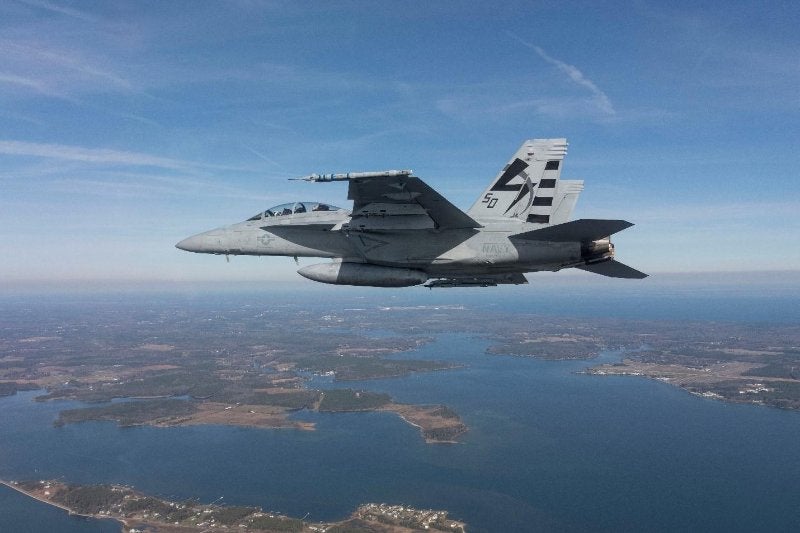
The US Navy has secured a key approval to initiate the limited production of Tactical Combat Training System Increment II (TCTS II), a next-generation air combat training system.
The Naval Aviation Training Systems and Ranges programme office (PMA-205) received Milestone C approval that will enable the programme to move to limited production in collaboration with the industry partner Collins Aerospace Systems.
The US Navy, Marine Corps and Air Force are expected to use TCTS II for air combat training purposes.
PMA-205 programme manager captain Lisa Sullivan said: “This is an exciting time for the programme and the fleet as we start production on the next Tactical Combat Training System.
“The navy, Marine Corps and Air Force all identified a critical need for a common, encrypted and multiple-level security range training system, and PMA-205 will be delivering TCTS Inc II to meet those requirements on schedule.”
Developed by Collins Aerospace Systems, the TCTS II system is an open architecture system with security certification designed to enable secure air combat training across fourth and fifth-generation aviation and maritime platforms.
PMA-205 TCTS II team lead Chuck Kaylor said: “The fleet has been asking for this type of capability for some time and we, along with Collins, have worked diligently to develop, test and mature this training capability, while maintaining schedule.
“Obtaining Milestone C approval is a culmination of our efforts.”
Earlier this year, PMA-205 flight tested the TCTS II on an F/A-18F Super Hornet. The testing was conducted by the Air Test and Evaluation Squadron (VX) 23 at the Naval Air Station (NAS) Patuxent River in Maryland, the US.



